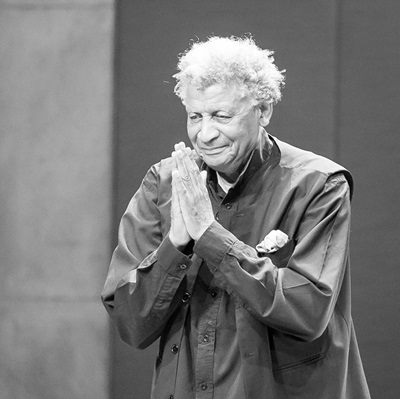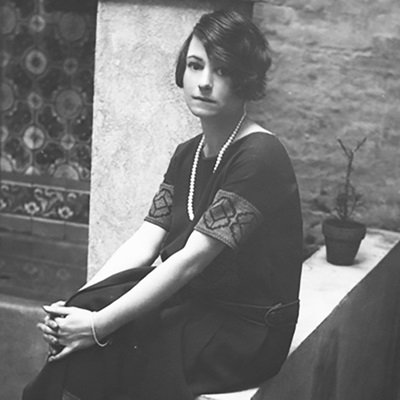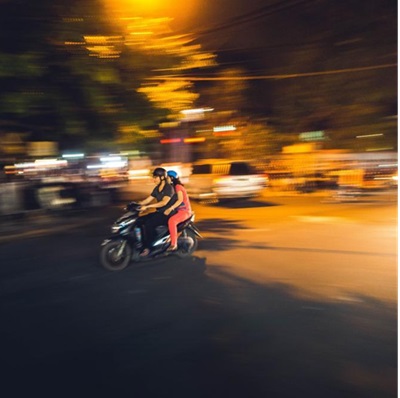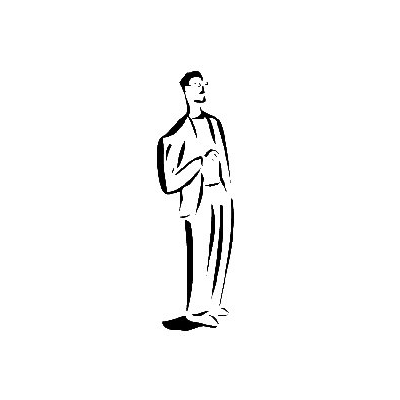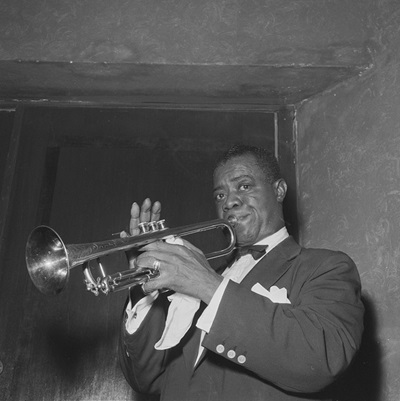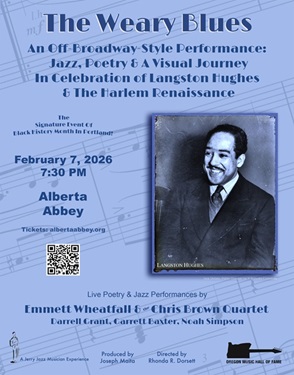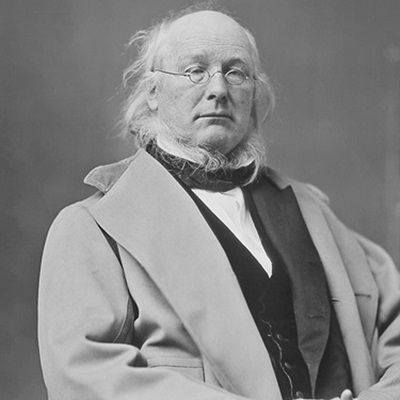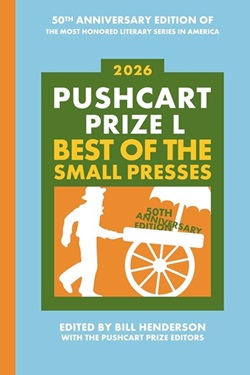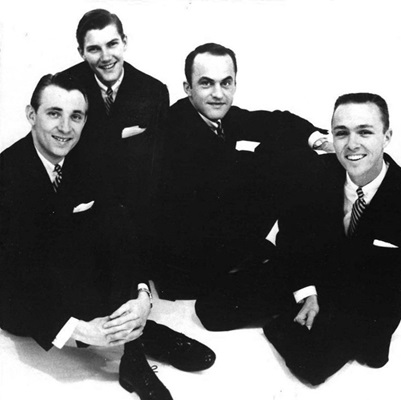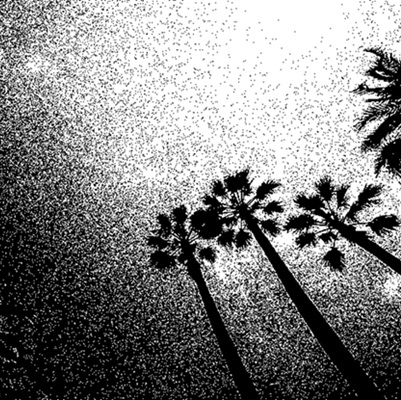.
.
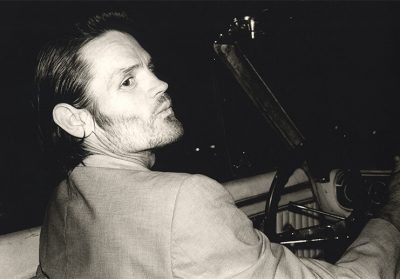
Carol Friedman’s 1976 photograph of Chet Baker
.
_____
.
…..For many of us who revere jazz music – especially those fortunate enough to have grown up during the era of the 12 x 12 record album jacket and coffee table photography books– the images of great musicians taken by photographers like William Gottlieb, Herman Leonard, William Claxton and Lee Tanner provided ample inspiration to explore the music and culture they so passionately chronicled.
…..Gottlieb connected us to New York’s earliest bebop musicians, and to the aura of Dizzy’s 52nd Street. Leonard’s portrait of Dexter Gordon, engulfed in the smoke of an unfiltered cigarette, was so seductive that, according to Dexter’s wife Maxine Gordon, Leonard jokingly wanted to have a disclaimer on the photo that said, “This photo does not encourage young people to smoke!” Claxton’s work with Chet Baker expressed his beauty and complexity in the warmth of the Los Angeles environs. Tanner’s ability to capture a moment from a stage performance nearly made it possible to hear Miles blowing his muted horn in the shadow of a spotlight.
…..Add to that the work of other great photographers from the mid-century era like the bassist Milt Hinton, San Francisco Bay area-based Veryl Oakland, and today’s most eminent jazz portrait photographer, Carol Friedman.
…..In this edition of Jerry Jazz Musician —“The Jazz Photography Issue” — fans of photography (and jazz) have access to several interesting posts:
…..A new and entertaining interview with Ms. Friedman about her career as a New York photographer, who talks about creating iconic photos of legends like Jimmy Heath, Ron Carter, Lena Horne, Chet Baker, Eubie Blake, Cecil Taylor, Nina Simone, Miles Davis, and Sarah Vaughan, and of contemporary artists like Sullivan Fortner, Chucho Valdes, Terence Blanchard, Terri Lyne Carrington, Wynton Marsalis, Dianne Reeves, Christian McBride, Lisa Fischer and Joey Alexander.
…..In a continuation of our recent interview with Michael Cuscuna, the Mosaic Records co-founder talks about the availability of many previously unpublished Francis Wolff photographs, taken during Blue Note Records sessions from 1940 – 1969.
…..Archived interviews – among the first ever published on.Jerry Jazz Musician – with Herman Leonard, William Gottlieb, and Lee Tanner.
…..“Jazz: Through the Life and Lens of Milt Hinton” features countless photographs and book excerpts from his 2006 book of the same name.
…..A new edition of “Jazz in Available Light” by Veryl Oakland. His photos and stories this time are of Art Pepper, Pat Martino and Joe Williams.
…..The artist Charles Ingham introduces a new series of five unique and brilliant jazz photo-narratives – focused on jazz people and places.
.
.
Details (with links) for each post are found below.
.
.
_____
.
.
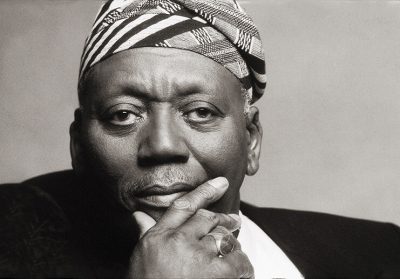
Randy Weston, 1996, by Carol Friedman.
Interview with renowned jazz photographer Carol Friedman
.
…..During a career now spanning over three decades, the esteemed New York portrait photographer Carol Friedman’s iconic images have appeared on hundreds of album and CD covers. Her poignant, often spontaneous work – a generous sampling of which is on display within and following the interview – includes the photographs of, for example, legends like Jimmy Heath, Ron Carter, Lena Horne, Chet Baker, Eubie Blake, Cecil Taylor, Nina Simone, Miles Davis, and Sarah Vaughan, and of contemporary artists like Sullivan Fortner, Chucho Valdes, Terence Blanchard, Terri Lyne Carrington, Wynton Marsalis, Dianne Reeves, Christian McBride, Lisa Fischer and Joey Alexander.
…..An avowed jazz fan, Ms. Friedman’s background in music includes positions at .Elektra. Entertainment, .Blue Note,. and .Motown Records. as creative director. Now an independent photographer, designer and author, she is working on several book, music and film projects, including a film on the late jazz singer Abbey Lincoln.
…..Her lifelong work of distinction in the world of jazz photography is worthy of recognition. Ms. Friedman agreed to participate in an interview that includes conversations and stories about her childhood interest in photography, her entry into the world of photographing jazz musicians, her creative mentors, and, of course, the musicians themselves.
…..I am excited to present her work to readers on such an illustrious scale. My thanks to Ms. Friedman for allowing. Jerry Jazz Musician .the opportunity to visit, and to publish many of her photographs for your enjoyment.
.
Click here to read the interview
.
.
_____
.
.
© Mosaic Images
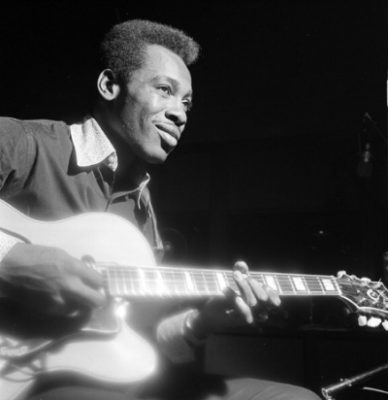
George Benson at Lou Donaldson’s “Alligator Bogaloo” session, Van Gelder Studio, Englewood Cliffs, NJ, April 7, 1967
.
Michael Cuscuna announces the release of Francis Wolff’s Blue Note sessions photographs
.
…..Michael Cuscuna – co-founder of Mosaic Records, and who has curated the Francis Wolff photo collection since 1992 – has identified and archived over 20,000 images taken by Wolff, the Blue Note Records co-founder. According to Cuscuna, these photographs were “taken at hundreds of Blue Note sessions between 1940 and 1970.”
…..In a brief interview, which features several classic, never before seen photographs, Mr. Cuscuna shares news concerning the availability of this work of historic significance.
.
Click here to read the interview
.
.
_____
.
.
copyright Herman Leonard Photography, LLC
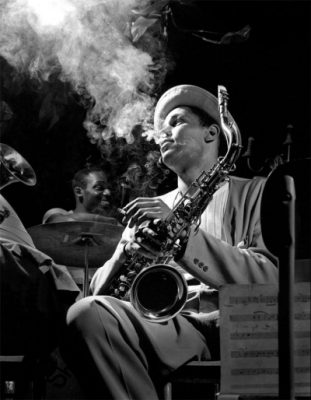
.Dexter Gordon, Royal Roost, New York, 1948
.
Interview with jazz photographer Herman Leonard
.
…..For many of us, the photography of Herman Leonard is our first link to jazz. Ellington in Paris, Dexter with a Chesterfield, a youthful Miles, Armstrong in New York — Leonard’s work plays an important role in our appreciation for the music and its artists, and are lasting documents to its glorious, honored past.
…..As a frequent witness and chronicler of some of the world’s great jazz performers and performances, Leonard has a unique perspective on the music and its musicians.
…..I met Herman at a gallery showing his work in Portland sometime in the late 1990’s, and we chatted at length about his photographs, and about our shared appreciation for the musicians and their music.
…..Subsequent to that meeting, in a January, 2000 telephone interview (one of the very first published on www.jerryjazz.com), Leonard shared colorful stories about his career, and those he photographed. Our discussion took place as he was about to release his book .Jazz Memories.
.
Click here to read the interview
.
.
_____
.
.
.photo by William Gottlieb/Library of Congress
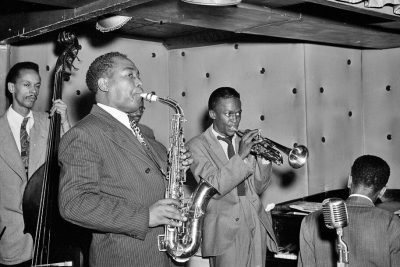
Charlie Parker, Tommy Potter, Miles Davis, Duke Jordan, and Max Roach, Three Deuces, New York, N.Y., ca. Aug. 1947
Interview with jazz photographer William Gottlieb
.
…..The first interview I ever hosted for. Jerry Jazz Musician. was in 1997 with William Gottlieb, best known as a jazz photographer but who only came into that field when the Washington Post — for whom he wrote a jazz column — determined they could no longer pay for a photographer to accompany his column. At that time, Gottlieb purchased a camera and took pictures, mostly of musicians performing within the nightclubs of New York.
…..Our telephone conversation about his career – now 22 years in the past – remains memorable, as was my subsequent visit to his film studio in New York. He was a sincere gentleman with so much to share, as is apparent in the interview, which is published on this page in its entirety.
…..When this interview took place, Gottlieb – who passed away in 2006 – was in the midst of promoting his book of classic images,.The Golden Age of Jazz.
…..In line with Gottlieb’s wishes, in 1995 his photographs were sold to the Library of Congress. A link to his entire collection is provided at the conclusion of the interview.
.
Click here to read the interview
.
.
_____
.
.
© Lee Tanner
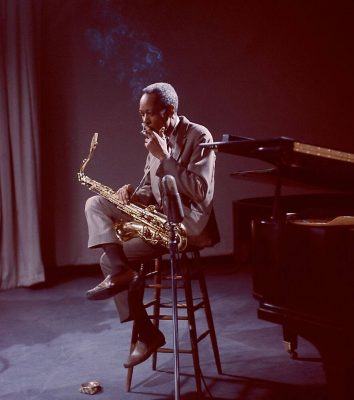
Sonny Stitt
.
Jazz photographer Lee Tanner discusses his life in jazz
.
…..In July of 2002, I had the privilege of interviewing the photographer Lee Tanner, whose remarkable images of jazz greats like John Coltrane, Miles Davis, and Thelonious Monk appeared in the pages of .Downbeat, Rolling Stone and others, as well as on many record album covers.
…..Until his passing in 2013, in addition to managing his own photography, Tanner was an important contributor to promoting the legacy of essential jazz photography, having edited the 2006 book .The Jazz Image: Masters of Jazz Photography, 1935 – 1965, a collection of classic jazz photographs that included the work of Herman Leonard, Milt Hinton, Bob Willoughby, Chuck Stewart, and William Claxton.
…..Subsequent to this July, 2002 interview, I got to know Tanner as a friend and personal mentor who, along with Nat Hentoff, Gary Giddins, and Stanley Crouch, was an early advocate of. Jerry Jazz Musician. His voice of encouragement (and infectious laughter) remains fresh in my head.
…..The interview (and its introduction) is published as it originally appeared in 2002. At the interview’s conclusion is an extensive gallery of Tanner’s jazz photography, published with the kind consent of his daughter Lisa, who manages her father’s library, and who is herself an accomplished photographer.
.
Click here to read the interview
.
.
_____
.
.
© Veryl Oakland
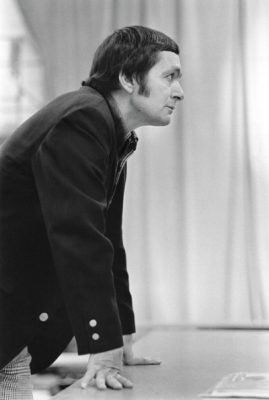 Veryl Oakland’s Jazz in Available Light
Veryl Oakland’s Jazz in Available Light
.
…..Jazz in Available Light, Illuminating the Jazz Greats from the 1960s, ’70s, and ’80s is one of the most impressive jazz photo books to be published in a long time. Featuring the brilliant photography of Veryl Oakland — much of which has never before been published — it is also loaded with his often remarkable and always entertaining stories of his experience with his subjects.
…..With the gracious consent of Mr. Oakland — an active photojournalist who devoted nearly thirty years in search of the great jazz musicians —Jerry Jazz Musician regularly publishes a series of posts featuring excerpts of the photography and stories/captions found in this important book.
In this edition, Mr. Oakland’s photographs and stories feature Art Pepper, Pat Martino and Joe Williams.
.
…..View the photos and read his stories by clicking here
.
.
_____
.
.
Photo Copyright by the Milton J. Hinton Photographic
Collection
Billie Holiday, recording studio (her last recording session), New York City, 1959
.
Jazz: Through the Life and Lens of Milt Hinton
…..Since its inception in 1997, it has been the goal of Jerry Jazz Musician to publish content that connects jazz music and American civilization, and to present the culture of the music to readers in a way that will spark memories for the generation who lived during its “golden age,” and help nourish curiosity about it to members of generations who did not.
…..As a jazz musician for seven decades, and as a chronicler of its intellectual and spiritual development through his fascinating, award-winning photography, Milt Hinton acts as an essential connecting point for the music and its associated culture. Hinton played bass alongside iconic figures like Cab Calloway, Dizzy Gillespie, and Louis Armstrong, and, as a photographer, brought these men and a host of others into focus as musicians, artists, and vital contributors to twentieth-century American life.
…..Originally published in 2006, with the generous consent of David G. Berger and Holly Maxson, who along with Milt Hinton co-authored Playing the Changes: Milt Hinton’s Life in Stories and Photographs, Jerry Jazz Musician presents a photo exhibit, “Jazz: Through the Life and Lens of Milt Hinton.”
The exhibit consists of two parts:
“The Life of Milt Hinton”
— A chronicle of Hinton’s career as a musician and photographer, featuring photographs of and by Hinton, as well as book excerpts and associated sound and video samples, with an introduction by Clint Eastwood, and;
“The
Photography of Milt Hinton”
— Featuring photographs taken by Hinton, as well as book excerpts
.
The page has been updated to include information about Mr. Hinton’s work
.
Click here to visit the feature
.
.
_____
.
.
.
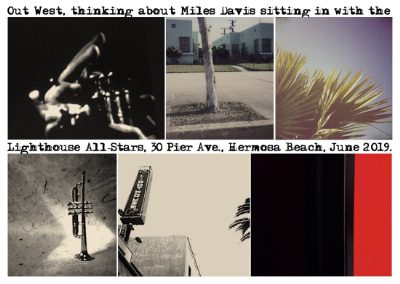
Charles Ingham’s Jazz Narratives — a continuing series
.
…..For several months, Jerry Jazz Musician has presented the artist/photographer Charles Ingham’s unique and brilliant series of photo-narratives he calls “Pastoral Scenes of the Gallant South.” These pieces, according to Ingham, “come out of a road trip through the South taken in 2018, and can be interpreted as a form of self-portrait, of the artist paying homage in his own way to an individual, and of the place which that person occupied and continues to occupy. This is the South that the photographer Sally Mann describes as ‘a place extravagant in its beauty, reckless in its fecundity, terrible in its indifference, and dark with memories.’”
…..The pieces published within this series include the legendary blues artist Robert Johnson; Harriet and Thomas Truesdell, abolitionists and conductors on the Underground Railroad; the educator and investigative journalist Ida B. Wells; civil rights activist Homer Plessy; and the Reverend L.O. Taylor. You can view the series by clicking here.
…..Mr. Ingham recently began a new series of photo-narratives devoted to jazz, which can be viewed by clicking here.
.
.
___
.
.
.
Many thanks to the photographers and their representatives for allowing use of every image found within these features
.
.
.






